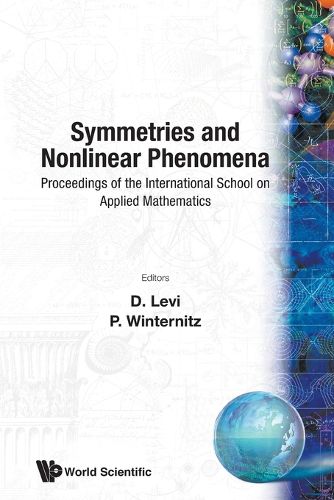Readings Newsletter
Become a Readings Member to make your shopping experience even easier.
Sign in or sign up for free!
You’re not far away from qualifying for FREE standard shipping within Australia
You’ve qualified for FREE standard shipping within Australia
The cart is loading…






This title is printed to order. This book may have been self-published. If so, we cannot guarantee the quality of the content. In the main most books will have gone through the editing process however some may not. We therefore suggest that you be aware of this before ordering this book. If in doubt check either the author or publisher’s details as we are unable to accept any returns unless they are faulty. Please contact us if you have any questions.
Starting from Sophus Lie, the invariance of a differential equation under its continuous group of symmetries has become a major tool for solving ordinary and partial differential equations, in particular, nonlinear ones. The proceedings focus on the application of these techniques to nonlinear partial differential equations. The state of the art in this field is presented clearly in a series of comprehensive lectures. Several lectures on applications point out the physical importance of such methods.
$9.00 standard shipping within Australia
FREE standard shipping within Australia for orders over $100.00
Express & International shipping calculated at checkout
This title is printed to order. This book may have been self-published. If so, we cannot guarantee the quality of the content. In the main most books will have gone through the editing process however some may not. We therefore suggest that you be aware of this before ordering this book. If in doubt check either the author or publisher’s details as we are unable to accept any returns unless they are faulty. Please contact us if you have any questions.
Starting from Sophus Lie, the invariance of a differential equation under its continuous group of symmetries has become a major tool for solving ordinary and partial differential equations, in particular, nonlinear ones. The proceedings focus on the application of these techniques to nonlinear partial differential equations. The state of the art in this field is presented clearly in a series of comprehensive lectures. Several lectures on applications point out the physical importance of such methods.